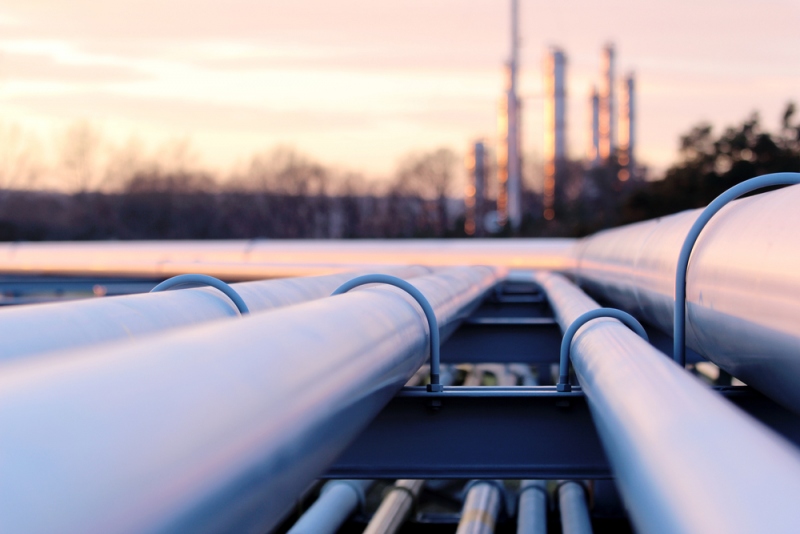10 Facts You Should Know About Canada’s Pipelines

Pipelines play an important role in our daily lives. They transport the energy that fuels our vehicles and heats our homes; the raw materials used to manufacture many of the products we use; and they provide a contribution to the Canadian economy that benefits us all.
Here are some interesting facts about pipelines that might surprise you:
Pipeline Fact #1: Compared to road and rail, pipelines require less energy to operate, and have a significantly lower carbon footprint.
Pipeline Fact #2: There are four different types of pipeline:
Pipeline Fact #3: There are approximately 840,000 kilometres of pipelines in Canada, including gathering lines, feeder lines, large-diameter transmission pipelines and distribution lines.
Pipeline Fact #4: Canada’s oil and gas sector employs about 710,000 people and, in 2015, contributed almost eight per cent of Canada’s GDP.
Pipeline Fact #5: Pipelines are often cleaned and maintained by PIGs – or pipeline inspection gauges. The name for this robotic technology came from the squealing noise they make as they pass through the pipeline.
Pipeline Fact #6: Natural gas can travel through transmission lines at pressures up to 1500 pounds per square inch (psi), but by the time it reaches a household piping system, pressure has been reduced to under 0.25 psi – or less than the pressure created by a child blowing bubbles into milk through a straw.
Pipeline Fact #7: Pipelines can be installed underneath rivers, using a technology called horizontal directional drilling, without even disturbing the riverbanks or watercourse. It’s one way pipeline companies help protect the environment and wildlife habitats during pipeline construction.
Pipeline Fact #8: Approximately 97 per cent of Canada’s crude oil and natural gas is transported via pipeline.
Pipeline Fact #9: After a pipeline is built, the land is returned to as near its original condition as possible. Landowners are consulted during this process, wildlife and vegetation are protected, and native plant materials are used to ensure the success of the reclamation efforts.
Pipeline Fact #10: Pipelines are safe. For the past decade, Canada’s transmission pipelines have transported oil and gas across the country with a 99.999 per cent safety record.
